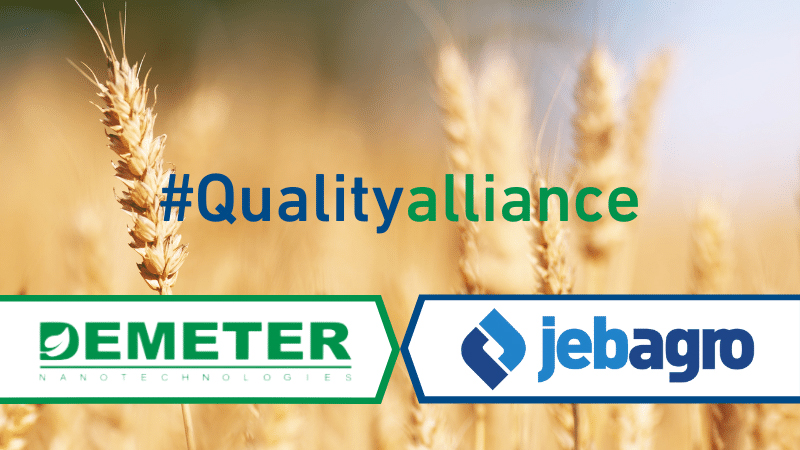Grower Viewpoint: How One Family Farm Prepared for High Prices and Tight Supplies

Michael and Renee McPherson (center), owners of family-owned McPherson Farms in central North Carolina, grow 350 acres of soybeans, 320 acres of corn, and 120 acres of wheat.
As farmers, we have to always be optimistic. These high prices have added a lot more pressure on us to do the best we can to grow our crops more efficiently. Input costs have doubled or tripled, and the prices for our commodities have increased — but not at the same rate.
We are going into the 2022 planting season optimistic, and with the weather and growing conditions, we as farmers do everything we can to ensure we have a good output, so we overcome high input prices.
We have always had a great relationship with our co-ops and suppliers. I think our suppliers are as nervous as we are about being able to take care of their farmers. With the rising concerns in supply, we were proactive early on and bought and took possession of some of our inputs from our primary supplier. We were not always able to get the exact product we wanted, but a comparable substitute was offered. It was also a rough time for our suppliers, which had to tell some of their customers that they could not fully meet their exact needs.
We also did more shopping around to find better deals and made sure we had a backup plan, in case our current suppliers could not provide the inputs we needed.
With respect to the war, fertilizer prices were climbing before we knew of the issues with Russia and Ukraine. When the prices started rising, we were told it was a supply chain issue stemming from COVID, but when the war began, the prices started rising more. On the other side of the coin, the war seems to have a fluctuating effect on our commodity prices. We as farmers must be proactive to watch the movements in prices and sell at the right time to have a chance of staying out of the red.
In North Carolina, we have a large demand for corn for livestock feed, so currently we do not plan to change our plans on our crop rotation. It will remain the same as in previous years.





